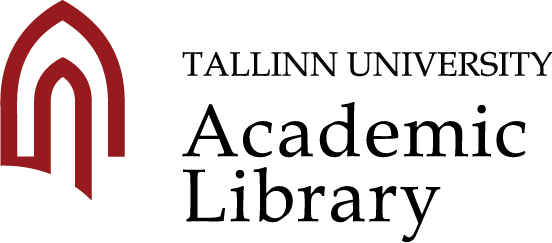Until 29 August, visitors are welcome to explore the travelling exhibition “Archaeological Fieldwork in Estonia 2024” by the Estonian Archaeologists’ Union, displayed in the 1st floor gallery of the Research Library. The exhibition offers an overview of the most significant archaeological investigations conducted in Estonia last year – what researchers managed to uncover from the ground and what new insights this provides into our past.
Archaeology is not merely the search for ancient objects – it is a scientific endeavour that helps us better understand how people lived in these lands centuries, even millennia ago. Although only 7% of the past year’s excavations were based on specific academic research questions, the large number of rescue excavations contributed valuable information about various historical periods and sites. Fieldwork was carried out across Estonia – in towns, settlements, churches, cemeteries, and hillforts – with particular attention to the cultural layers of rural settlements and suburbs.
One of the most fascinating discoveries was made in Rutja village in Lääne-Viru County, where a hobby detectorist found sword fragments, spearheads, horseshoes, and other objects over an area of a few hundred square metres. In summer 2024, archaeologists from the National Heritage Board investigated the site and uncovered four rich find complexes. Their origin and purpose remain the subject of further study. Owing to its scientific significance, the site has been granted state protection.
The exhibition also highlights broader metal-detecting activity – in 2024, a total of 809 permit-holding detectorists handed over nearly 2,000 finds to the state. The artefacts range from the Stone Age to the modern period, offering both scholars and history enthusiasts new material for exploration and reflection.
Outstanding researchers are also acknowledged – such as underwater archaeologist Kaido Peremees, whose years of dedicated work and top-tier equipment led to the identification of two long-lost aircraft crash sites in the Gulf of Finland.
This exhibition is the result of collaboration between numerous archaeologists, museum professionals, universities, and supporters. It has been designed to be both informative and visually engaging.
Come and take a closer look!
